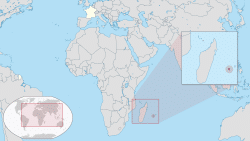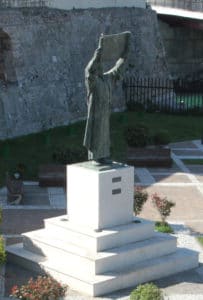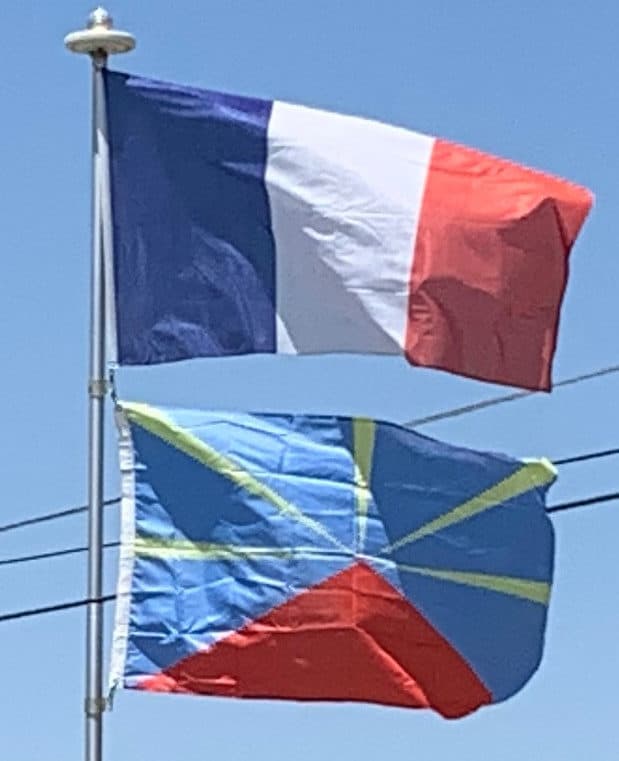Introduction:
Réunion is an overseas department and region of the French Republic and an island in the Indian Ocean, east of Madagascar and 175 km (109 mi) southwest of Mauritius. As of January 2020, it had a population of 859,959.
The island has been inhabited since the 16th century, when people from France and Madagascar settled there. Slavery was abolished on 20 December 1848 (a date celebrated yearly on the island), when the French Second Republic abolished slavery in the French colonies. However, later on indentured workers were brought to Réunion from South India, among other places. The island became an overseas department of France in 1946.

As in France, the official language is French. In addition, the majority of the region’s population speaks Réunion Creole.
Administratively, Réunion is one of the overseas departments of France. Like the other four overseas departments, it is also one of the 18 regions of France, with the modified status of overseas region, and an integral part of the republic with the same status as Metropolitan France. Réunion is an outermost region of the European Union and, as an overseas department of France, part of the eurozone.
History:
Not much is known of Réunion’s history prior to the arrival of the Portuguese in the early 16th century. Arab traders were familiar with it by the name Dina Morgabin, “Western Island”. The island is possibly featured on a map from 1153 AD by Al Sharif el-Edrisi. The island might also have been visited by Swahili or Austronesian (Ancient Indonesian–Malaysian) sailors on their journey to the west from the Malay Archipelago to Madagascar.

The first European discovery of the area was made around 1507 by Portuguese explorer Diogo Fernandes Pereira, but the specifics are unclear. The uninhabited island might have been first sighted by the expedition led by Dom Pedro Mascarenhas, who gave his name to the island group around Réunion, the Mascarenes. Réunion itself was dubbed Santa Apolónia after a favorite saint, which suggests that the date of the Portuguese discovery could have been 9 February, her saint day. Diogo Lopes de Sequeira is said to have landed on the islands of Réunion and Rodrigues in 1509.
By the early 1600s, nominal Portuguese rule had left Santa Apolónia virtually untouched. The island was then occupied by France and administered from Port Louis, Mauritius. Although the first French claims date from 1638, when François Cauche and Salomon Goubert visited in June 1638, the island was officially claimed by Jacques Pronis of France in 1642, when he deported a dozen French mutineers to the island from Madagascar. The convicts were returned to France several years later, and in 1649, the island was named Île Bourbon after the French royal House of Bourbon. Colonization started in 1665, when the French East India Company sent the first settlers.
“Île de la Réunion” was the name given to the island in 1793 by a decree of the Convention Nationale (the elected revolutionary constituent assembly) with the fall of the House of Bourbon in France, and the name commemorates the union of revolutionaries from Marseille with the National Guard in Paris, which took place on 10 August 1792. In 1801, the island was renamed “Île Bonaparte”, after First Consul Napoleon Bonaparte.
